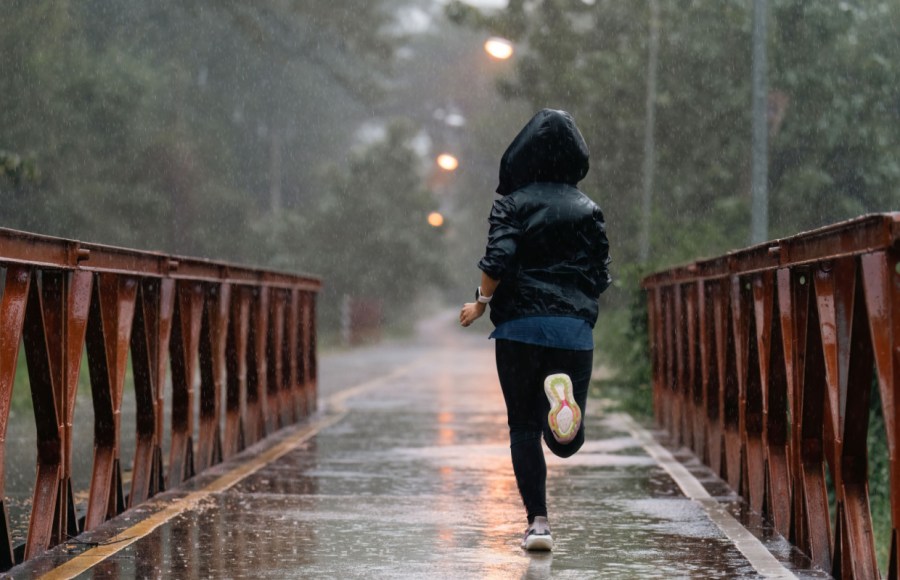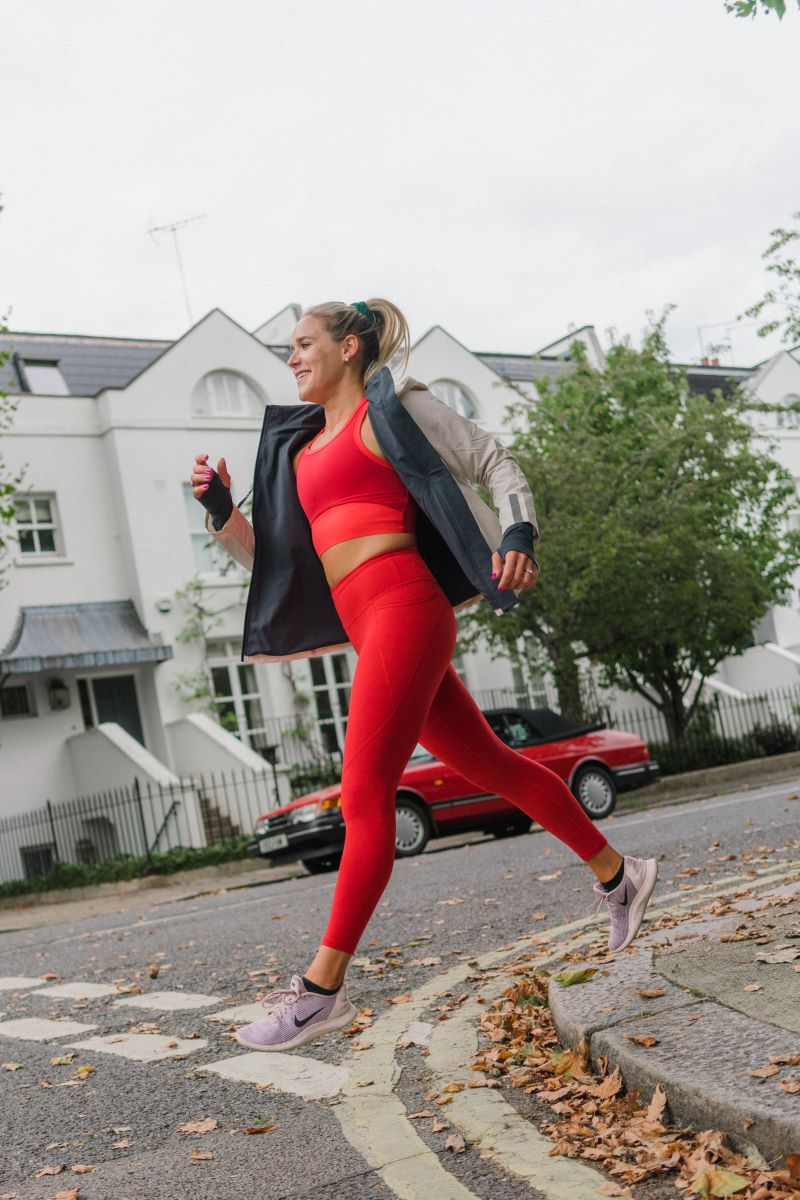
LDN MUMS FITNESS founder, Sarah Campus, shares her top wet weather training tips.
If it’s raining cats and dogs outside, it can be tricky to find motivation to get out and exercise. Alongside a desire to stay dry and cosy, you might be wondering if it’s even safe to exercise or go running in the rain, or if you’ll simply end up with sprained ankles and a rotten cold.
However, it might surprise you to know that getting active while it’s raining actually offers a range of benefits. We caught up with Sarah Campus, PT, nutrition expert and founder of LDN MUMS FITNESS, to find out more…
Related: Paula Radcliffe on the benefits of running at any age
Is it safe to exercise in the rain?
‘It is generally safe to exercise in the rain, so don’t let it ruin your workout,’ Sarah explains. ‘You should certainly be mentally prepared to get wet though. By changing your mindset and embracing the elements, which can be more challenging, you may actually work harder and burn more calories and feel so confident and accomplished once you finish your workout in the rain.
‘The most important thing is to be prepared mentally and also to dress appropriately so you don’t injure yourself by slipping for example or get too cold which in itself can lead to injuries,’ Sarah adds.
What are the benefits of running in the rain?
Looking for a reason to get your sweat on in the rain? Luckily, there are a whole host of benefits on offer. ‘Studies have shown that we tend to burn more calories in the rain, as our bodies aren’t at risk of overheating and we stay cooler for longer,’ Sarah explains. ‘Your body has to work harder to keep itself warm which, in turn, leads to more calories burned. You also use more muscles as the slippery surface and the elements provides an extra challenge on maintaining balance.
The benefits of running in the rain go far beyond the physical too. ‘Working out in the rain helps you to develop mental strength, by proving to yourself that you can exercise in the worst of conditions. Because of this, other challenges will soon become more achievable,’ Sarah explains. ‘Plus, workout sessions are often quicker in the rain, as you’ll just put your head down and go for it.’
There are also long-term benefits of exercising in the rain. ‘Research has shown that regular cold weather exercise can reduce your chances of contracting flu in the winter, as cold weather training boosts your immune system. Plus, running in the rain can also help to encourage mindfulness and relieve stress,’ Sarah adds.
Related: Stress-relief benefits of running in windy weather
Will exercising in the rain make you sick?
‘So long as you are appropriately dressed and you dry off as soon as you finish your workout, you shouldn’t fall ill after exercising in the rain. It’s also important to fuel yourself right and get adequete rest, to keep your immune system strong. Plus, in the long run, regular cold weather exercise could boost your immune system and prevent illness!’
How to stay safe when exercising in the rain
1. Choose the right wet weather kit
While exercising in the rain, it’s essential to wear appropriate kit to avoid injury and illness. Sarah recommends: ‘Wear appropriate clothing such as a long-sleeved top, warm gloves such as Sealskinz Fusion Control gloves, shoes with good traction like those from On Running, a hat with high visibility and some good running socks (avoid cotton as that will stick to your skin).
‘A ziplock bag or waterproof case is also handy, along with a reflective and waterproof jacket, which is essential,’ Sarah adds. ‘You can also apply Vaseline to avoid chafing from wet clothing.’
2. Pick a grippy route with good visibility
Another key tip to stay safe when exercising in the rain is to choose a route with good visibility and grip. ‘Ensure you are running on a road with good grip, try to avoid muddy areas as there is change of slipping,’ Sarah suggests. ‘Try and stay on lit paths as rain can reduce viability.’
Related: Best autumn hiking kit for women
Importance of warming up and cooling down in wet weather
‘Warming up and cooling down is important, no matter the weather,’ Sarah explains. ‘It primes your muscles and cardiovascular system for exertion and prepares your body for exercise. It also helps to prevent injury, supports muscle recovery and mentally gets your head in the game before a tough session.’
The importance of warming up and cooling down is even greater before and after wet weather training, as the added risk of slipping. Plus, your muscles are working harder to maintain your balance. Because of this, it’s important to incorporate certain stretches into your warm-up and cool down routine, to avoid muscular slip damage.
Best stretches to avoid muscular slip damage:
Once muscles are warm, you should then perform these stretches, each of which should be repeated three to six times:
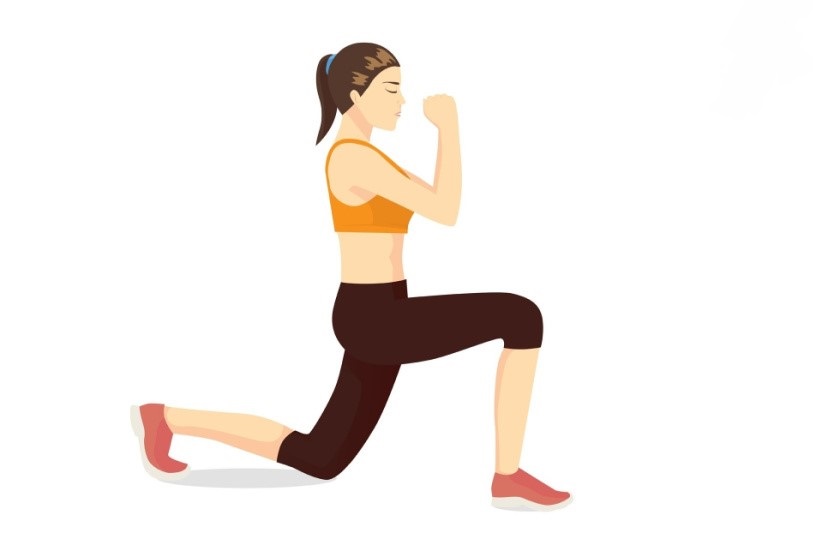
1. Forward lunge
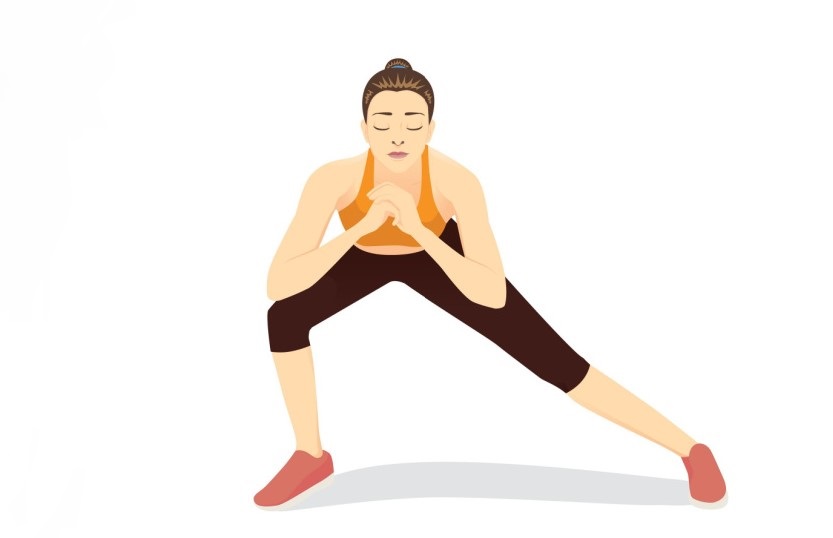
2. Side lunge
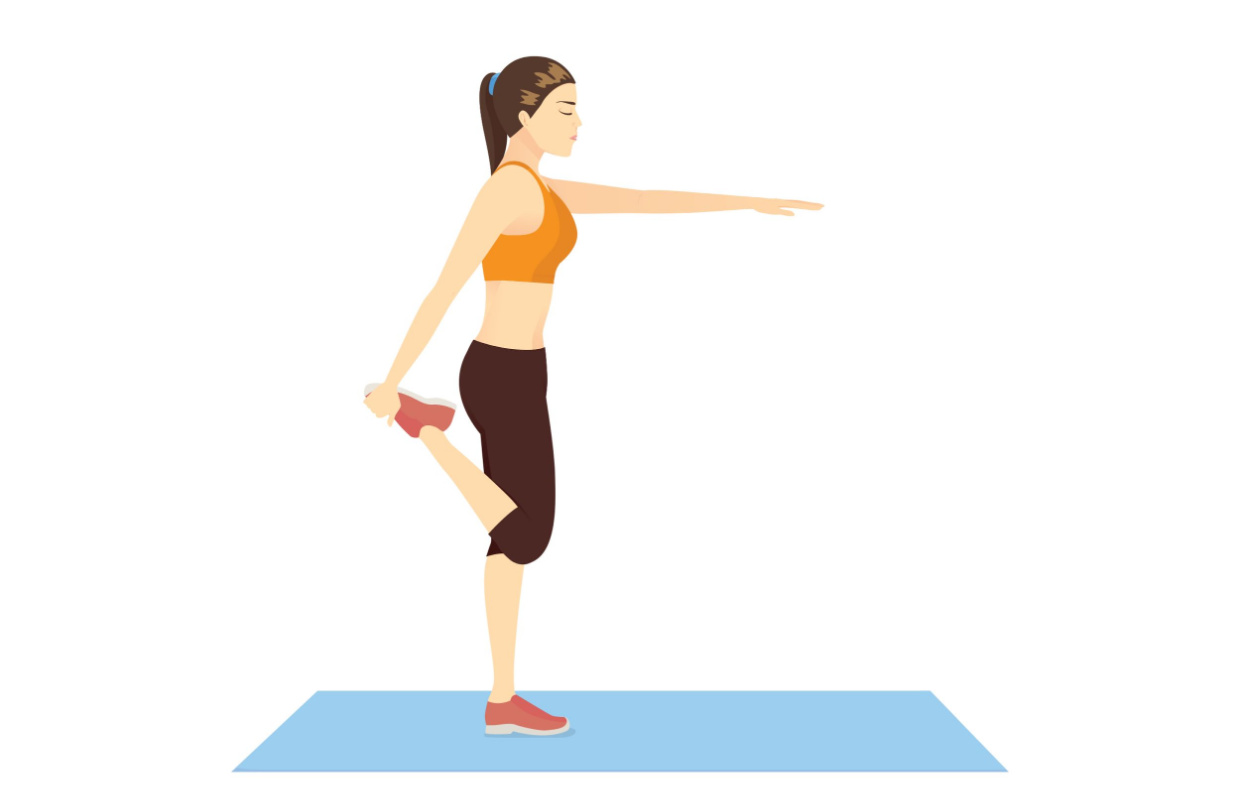
3. Standing quad (thigh) stretch
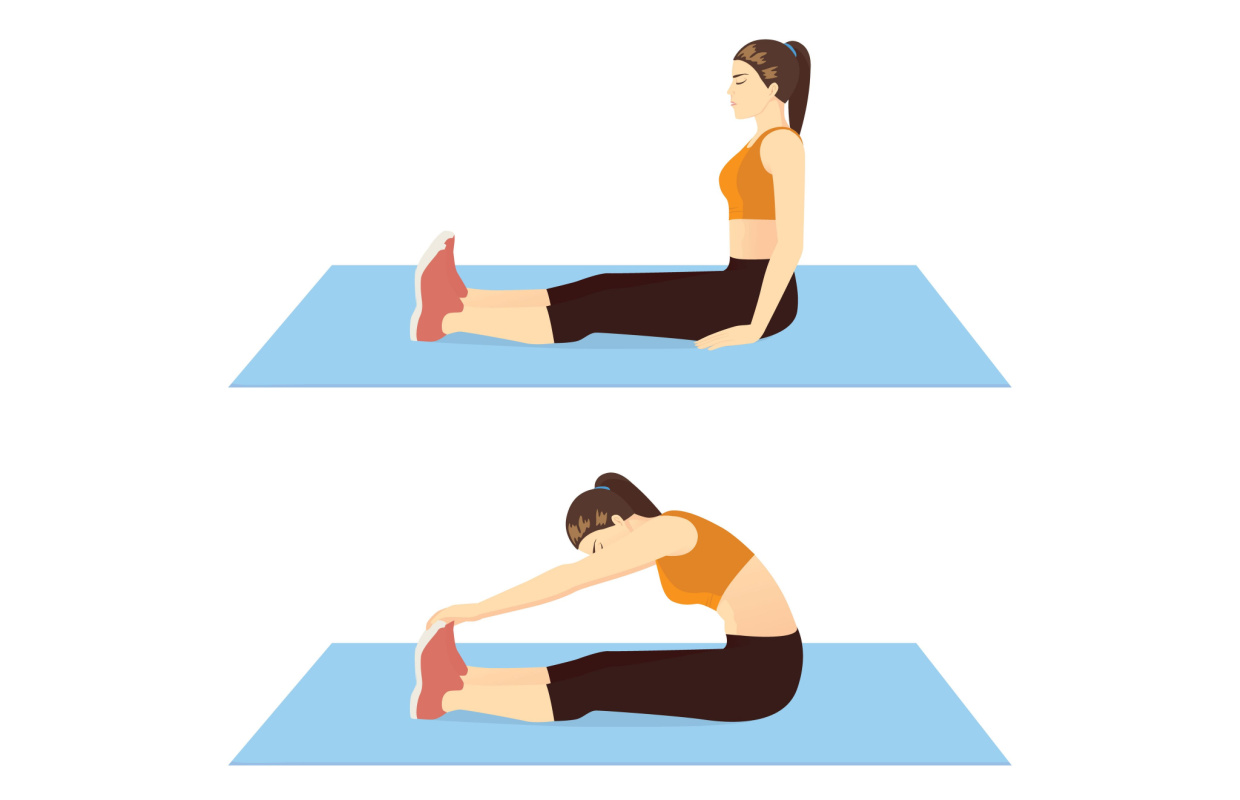
4. Seat stretch
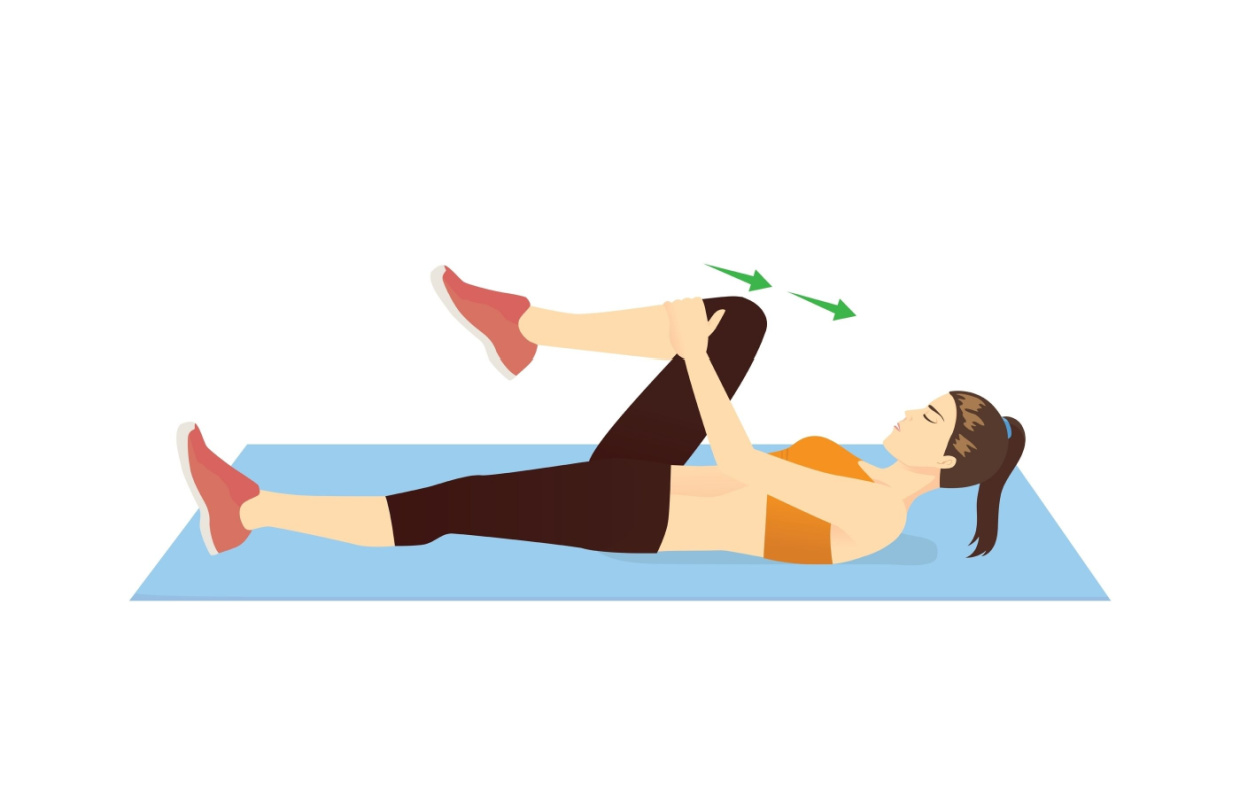
5. Knees to chest
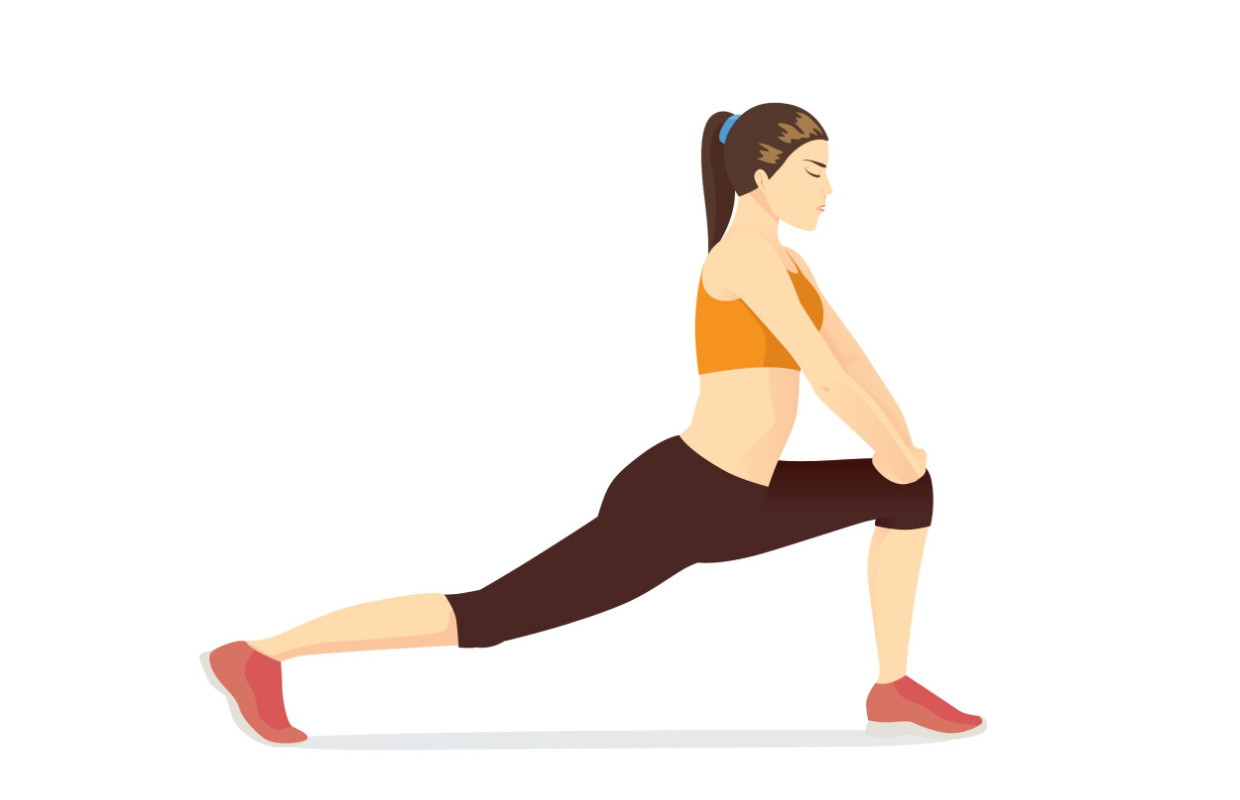
6. Calf stretch
Sarah Campus is a personal trainer, nutrition expert and founder of LDN MUMS FITNESS. Find Sarah on Instagram @LDNMUMSFITNESS.

